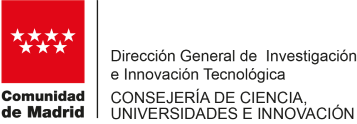
Welcome to A4liveCell Blog #5!
3D Cell Culture Tips & Tricks: Zonal analysis of spheroid physiology with SPAchip® in real-time
In drug discovery, 3D cellular spheroids have become a powerful model for high-content screening (HCS). Unlike traditional 2D cultures, spheroids more accurately mimic the in vivo environment, providing more reliable and physiologically relevant data. This blog explores the applications of 3D spheroids, their production methods, and various assays and readouts essential for drug screening.
Key Fluorescence Microscopy Readouts for Spheroid Analysis
To fully utilize spheroids in drug screening, various assays and SPAchip® readouts are used to monitor cell behavior:
- Cell Aggregation Monitoring: Time-lapse fluorescence microscopy observes spheroid formation over time.
- Spheroid Size and Geometry: Assesses the uniformity and structural integrity of spheroids.
- Cell Viability and Death: Fluorescent dyes indicate metabolic activity and cell viability, identifying apoptotic and necrotic cells.
- Functional Readouts: Fluorescence staining detects intracellular molecules, revealing signaling pathways involved in drug effectiveness.
- Mitochondrial Health: pH measurements assess the mitochondrial environment, while ROS and intracellular oxygen levels evaluate mitochondrial respiration, oxidative stress, and cellular metabolism.
The integration of advanced fluorescence microscopy and quantitative analysis of SPAchip® readouts provide a more accurate representation of in vivo conditions, enhancing the predictive power of drug screening assays. Regional analysis can exponentially increase the predictive power of our 3D spheroid models.
We wanna know how you’re using new technologies.
Share your experiences with us, and let’s collaborate to build something remarkable together!







